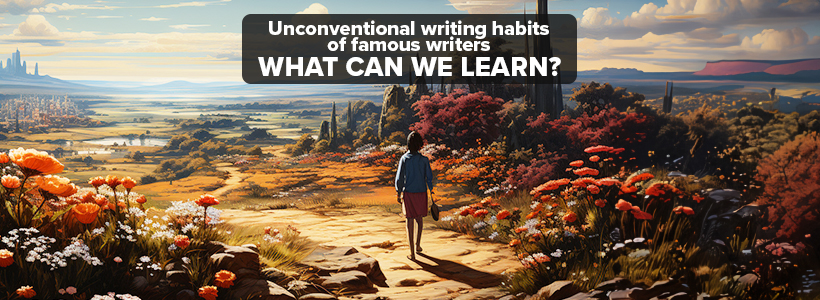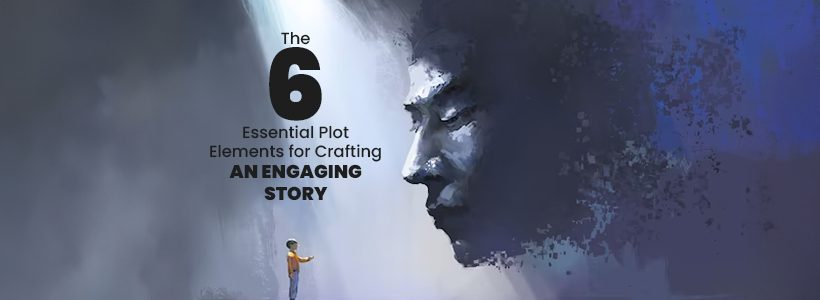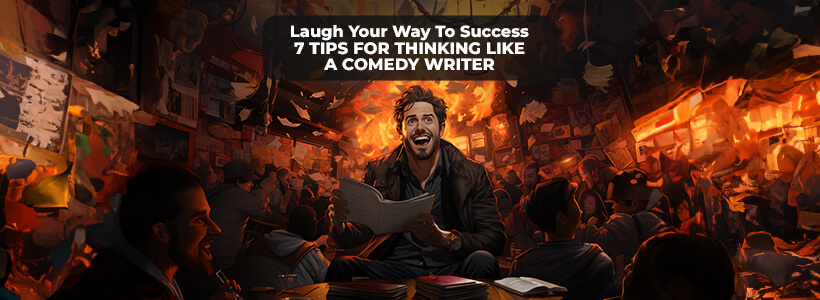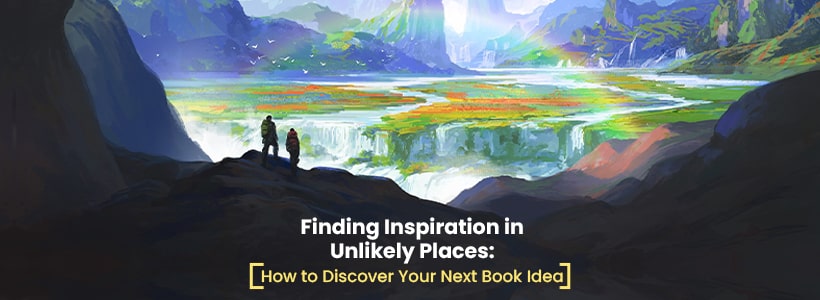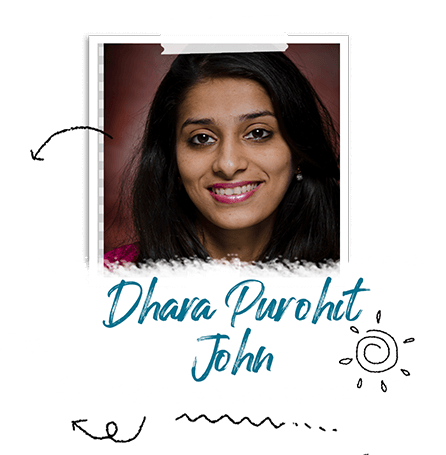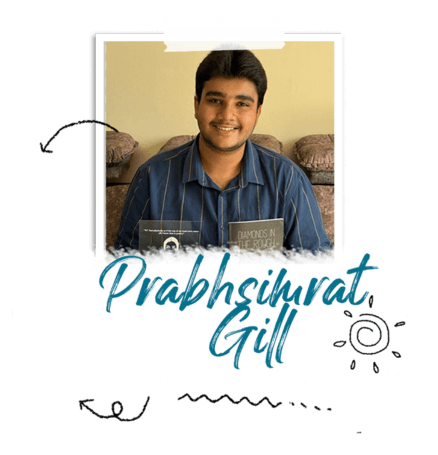Writing is a unique and personal experience, and every writer has their own approach to nurturing creativity and bringing their ideas to life. Famous writers, in particular, are known for their unconventional writing habits, from weird workspaces to strange preoccupations, to daily rituals. Let’s explore some unconventional writing habits of famous writers and what we can learn from them.
1. Taking Long Walks – Charles Dickens
The famous author of “Oliver Twist”, Charles Dickens was famous for taking long walks after dinner. He believed that walking helped him to clear his mind, generate ideas and build his creative energy. This habit helped him to stay focused and motivated in his writing and to come up with new ideas for his next masterpiece.
2. Using Music as Inspiration – Maya Angelou
Maya Angelou, the celebrated author of “I Know Why the Caged Birds Sing” would often play classical music while she wrote. She believed that music helped her relax and stimulate her mind, so she could write with a place of inspiration. Angelou also wrote in hotel rooms, where the noise and unfamiliar surroundings stimulated her creativity.
3. Writing in Bed – Truman Capote
Truman Capote, author of “In Cold Blood” was known for writing while lying down in bed, often surrounded by cigarette butts and crumpled sheets. He found comfort in the relaxed posture and believed he could write and think more clearly in bed. His unconventional habit allowed him to focus entirely on his work, without the distraction of the outside world.
4. Daily Schedule – Ernest Hemingway
The Pulitzer and Nobel Prize-winning author. Ernest Hemingway would wake up at dawn every day to start his writing before the rest of the world awoke. He believed that early morning was the best time for productive writing, and typically spend four hours writing, then spend the rest of the day enjoying his other passions like fishing and hunting.
5. Writing by Hand: J. K. Rowling
The author of the Harry Potter series, J. K. Rowling preferred to write her first drafts by hand using a pen and a notebook. She would then transfer what she had written to her computer, honing and refining her work as she typed. Writing in this way gave her a sense of freedom in creativity which she couldn’t achieve with a computer.
Every writer has to find their own unique path toward creative excellence. Just because a famous author’s writing habit worked for them doesn’t necessarily mean it will work for you. You should try different techniques and routines and experiment with different creative processes until you find the one that works best for you.
At Books That Inspire, we aim to provide a platform for aspiring writers to come together as a community and support each other. Whether you’re looking for insights on creative writing, book marketing, or publishing, our team of skilled editors is here to help you. Join us today and start unlocking your writing potential!

